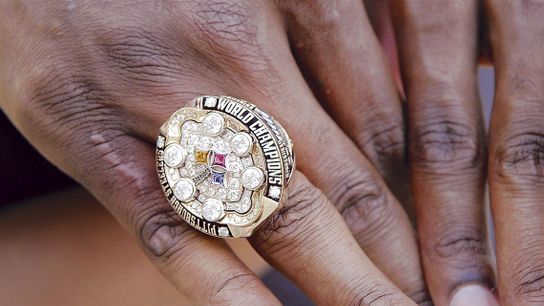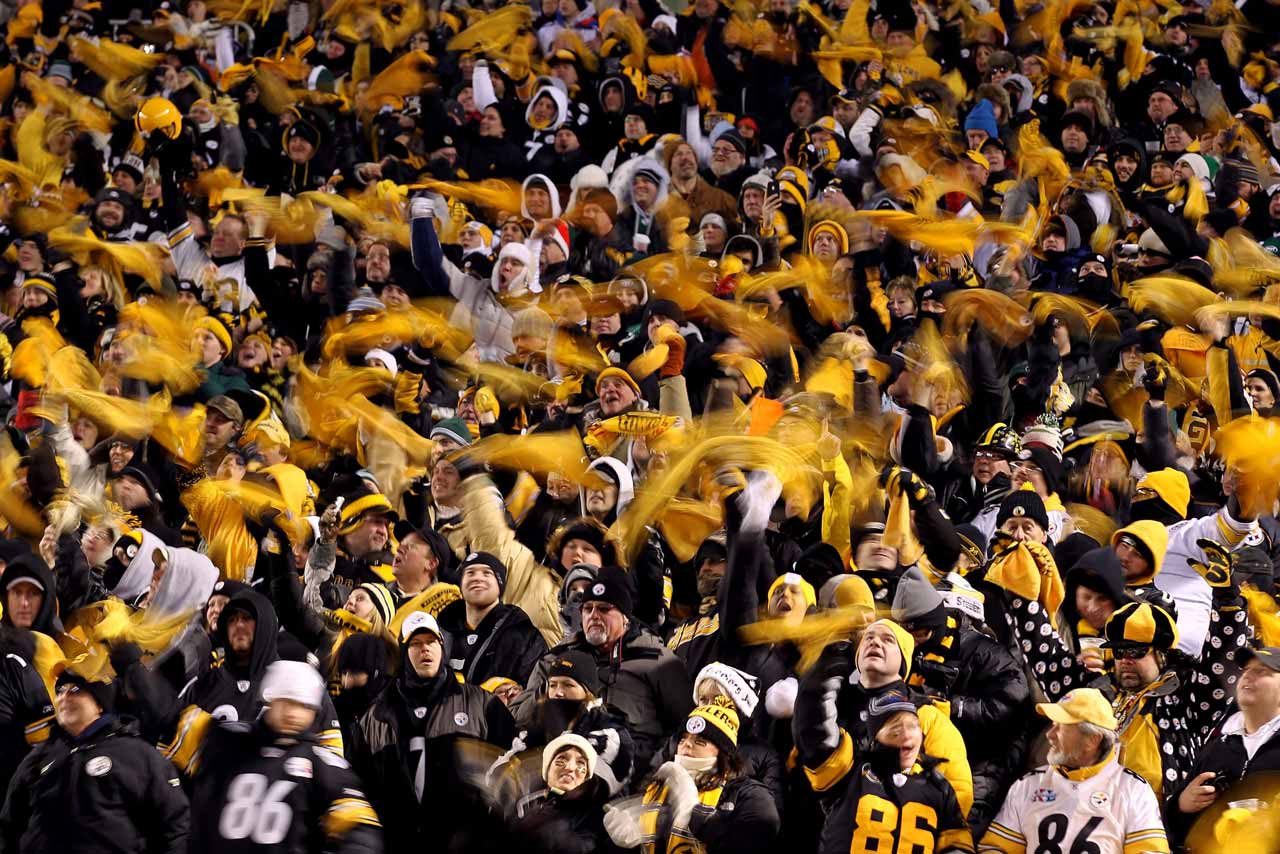The Pittsburgh Steelers were dominant in the 1970s when they won four Super Bowls. That historic run helped cement the franchise as one of the greatest in all of sports, led by legendary figures like Terry Bradshaw, Franco Harris, and Mean Joe Greene. The team was filled with Hall of Fame talent, but it also relied on key role players who made crucial contributions to their championship success.
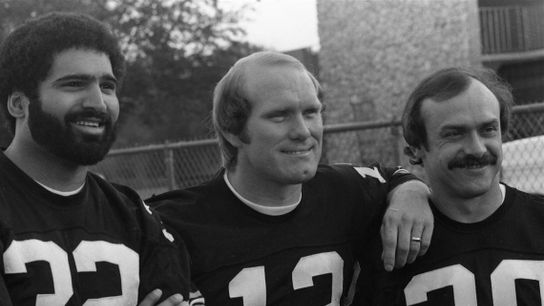
Morris Berman / Pittsburgh Post-Gazette
Steelers' Franco Harris (32), Terry Bradshaw (#12), and Rocky Bleier (#20) in the 1970's.
One of those players was defensive back Glen Edwards, who played a vital role in Pittsburgh’s Super Bowl IX and Super Bowl X victories. Known for his hard-hitting style and big plays, Edwards helped define the Steelers' tough defensive identity during their rise to greatness. While his time on the field was filled with glory, life after football took a devastating turn.
In an emotional interview with The Palm Beach Post, Edwards revealed that he once had to use his Super Bowl rings as collateral in a $20 drug deal. The rings, symbols of the highest achievement in football, were surrendered in a moment of desperation. His story serves as a heartbreaking reminder of how even champions can face deep personal struggles long after the cheers have faded.
"He said he gave his Super Bowl X ring — gold with two-carat diamonds — to a drug dealer as collateral for a $20 loan that he never repaid," Joe Capozzi said. "And he said his Super Bowl IX ring disappeared after he left it with a friend while trying to recover from drug addiction."
Edwards wasn’t a superstar, but he managed to carve out a solid NFL career and was a starter for the majority of it. He played a key role in the Steelers' two Super Bowl victories during the 1970s and was on the field when Pittsburgh cemented its place in NFL history.
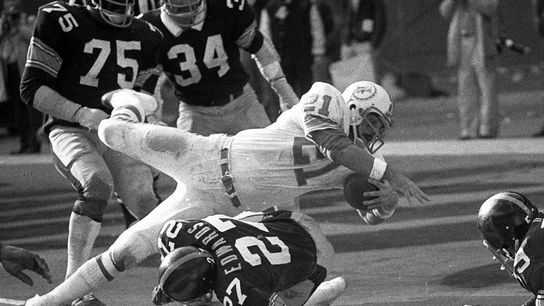
AP Photo
Steelers' Glen Edwards tries to break up a pass in a game against the Dolphins.
In Super Bowl X, Edwards made one of the game’s most memorable plays by intercepting Dallas Cowboys quarterback Roger Staubach to seal the win for the Steelers. His contributions on the field were undeniable, especially in crucial moments when the team needed him most.
"I'm always hearing, 'Hey, where are your rings? Let me see your rings.' You can't imagine how that feels when I can't produce them," Edwards said. "I haven't seen them in a long time."
Unfortunately, Edwards was battling a cocaine addiction off the field, and that struggle came at a devastating cost. In a heartbreaking turn, his addiction ultimately led him to give up both of his Super Bowl rings.
"It turned out to be my worst nightmare," Edwards said of losing his rings. "I think about it every day."
That Steelers "Steel Curtain" defense was one of the most iconic and intimidating units in NFL history. During their dominant run in the 1970s, they played with a physicality and toughness that helped define that era.
Back then, the rules allowed for a much more aggressive brand of football. Bone-rattling hits, relentless pressure on quarterbacks, and punishing tackles were all part of the game, and they were praised rather than penalized.
Steelers' Glen Edwards Curious About The Steel Curtain
Many of the hits that were legal in the '70s would result in penalties, fines, or even suspensions in today's NFL. The league has changed significantly, especially when it comes to protecting quarterbacks and wide receivers. With a stronger emphasis on player safety, defenses are now limited in ways that would have been unthinkable during the days of the Steel Curtain.
The shift in rules has made the game faster and more offensive-minded, but it has also raised questions about how legendary defenses of the past would adapt.
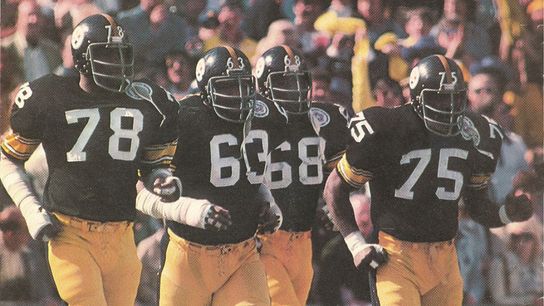
Steelers.com
Steelers' Steel Curtain: Dwight White, Ernie Holmes, L.C. Greenwood and Joe Greene.
Edwards has openly wondered how that historic Steelers defense would perform in today’s NFL. It’s a fair thought, especially considering how much the game has changed. While their aggressive style might be restricted under modern rules, the talent, discipline, and football intelligence of that defense suggest they could still be successful in any era. Edwards’ reflections highlight both the greatness of the past and the challenges that come with comparing different generations of football.
#SteelerNation

